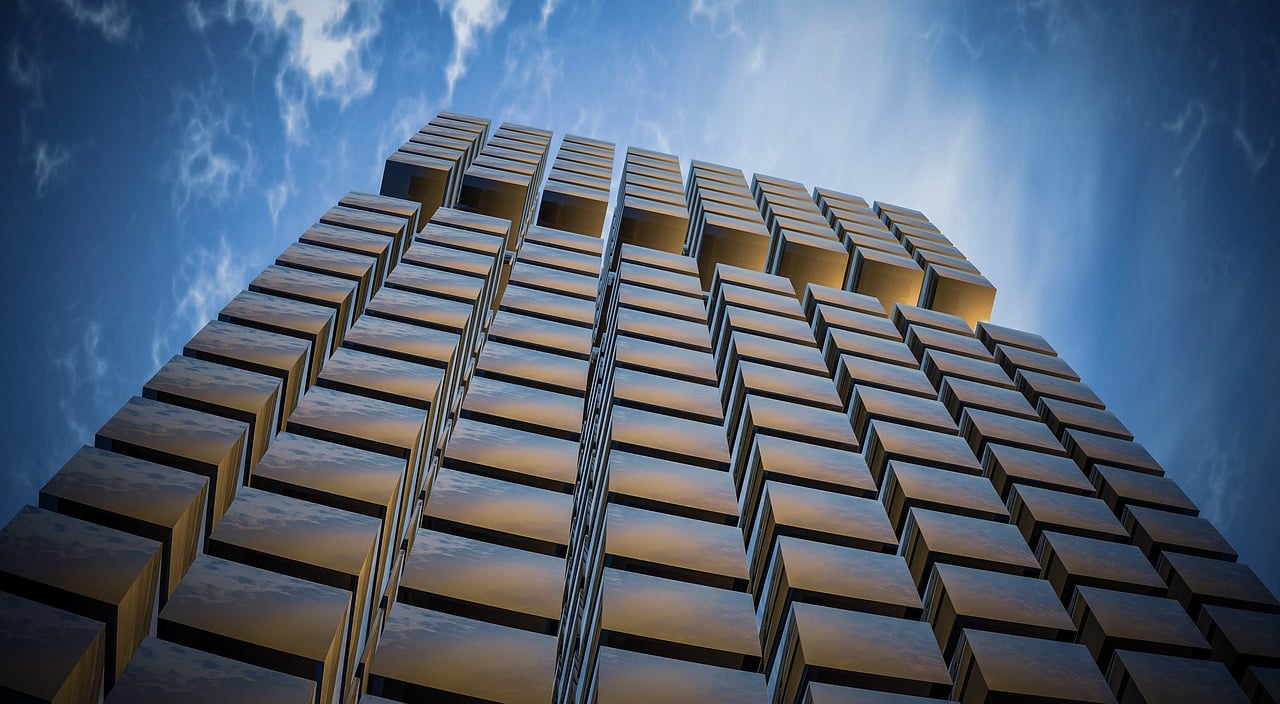Table of Contents
![]()
Introduction
The term “tallest building” typically refers to the structure’s height from the ground level to the tip of the building, including antennas, spires, and other architectural features. This measure is often used to highlight architectural prowess, engineering advancements, and economic growth. Tall buildings are not only symbols of progress but also reflect significant technological and structural innovations.
Historical Perspective
The journey towards modern skyscrapers began in the late 19th century with the advent of the Home Insurance Building in Chicago, often regarded as the world’s first skyscraper. Completed in 1884, it stood 42 meters (138 feet) tall, a modest height by today’s standards but revolutionary for its time. This early skyscraper was made possible by advancements in steel-frame construction, which allowed for much taller structures compared to traditional load-bearing walls.
The early 20th century saw further innovations with buildings like the Woolworth Building in New York City, completed in 1913 and standing at 241 meters (792 feet). This building not only set a new height record but also showcased the potential of skyscrapers for commercial use.
Criteria for Tallest Buildings
The tallest buildings are assessed based on several criteria:
- Architectural Height: This is the measurement from the ground level to the highest point of the building, including spires but not antennas.
- Structural Height: This refers to the height of the building up to the highest occupied floor.
- Total Height: This includes all aspects, such as antennas, spires, and other structures above the building.
Current Record Holders
- Burj Khalifa, Dubai
- Height: 828 meters (2,717 feet)
- Design and Engineering: Designed by Adrian Smith and engineered by Skidmore, Owings & Merrill (SOM), the Burj Khalifa is the tallest building in the world. It features a unique design inspired by the hymenocallis flower, with a series of setbacks that create a tapering, spire-like silhouette. It houses observation decks, residential apartments, and office spaces.
- Features: Its 163 floors include luxurious residences, corporate suites, and a hotel. The building’s design incorporates advanced technology to handle Dubai’s extreme temperatures and high winds.
- Shanghai Tower, Shanghai
- Height: 632 meters (2,073 feet)
- Design and Engineering: Gensler designed this tower, with structural engineering by Leslie E. Robertson Associates. The Shanghai Tower is known for its distinctive twisting form, which reduces wind load and helps in energy efficiency.
- Features: It features 128 floors of office space, a hotel, retail spaces, and an observation deck. The building’s double-skin facade provides excellent insulation, contributing to its sustainability.
- Abraj Al Bait Clock Tower, Mecca
- Height: 601 meters (1,971 feet)
- Design and Engineering: Designed by Dar Al-Handasah, this tower is part of a government-sponsored complex that includes hotels and shopping malls. The clock tower is a focal point for the Hajj pilgrimage.
- Features: The tower includes a massive clock face visible from miles away and is equipped with facilities to accommodate millions of pilgrims. The building’s design is heavily influenced by Islamic architecture.
- Ping An Finance Centre, Shenzhen
- Height: 599 meters (1,965 feet)
- Design and Engineering: Designed by Kohn Pedersen Fox and engineered by Arup, this skyscraper features a sleek, aerodynamic shape that enhances its stability and energy efficiency.
- Features: It includes office spaces, a hotel, and retail areas. The tower’s design incorporates advanced structural systems to withstand high winds and seismic activities.
Upcoming Tall Buildings
- Jeddah Tower, Jeddah
- Planned Height: 1,000 meters (3,281 feet)
- Design and Engineering: Adrian Smith + Gordon Gill Architecture designed this tower, which is set to be the tallest building globally. The design emphasizes a sleek, modern appearance with a series of setbacks to enhance structural stability.
- Features: The tower will include luxury residences, a hotel, and office spaces. Its construction is expected to set new benchmarks in building technology and design.
- Dubai Creek Tower, Dubai
- Planned Height: 928 meters (3,045 feet)
- Design and Engineering: Designed by Santiago Calatrava, the Dubai Creek Tower is planned to surpass the Burj Khalifa in height. The design features a slender, needle-like spire and is intended to be a centerpiece of the Dubai Creek Harbor development.
- Features: It will offer observation decks, luxury residences, and a hotel. The tower’s design aims to be both an architectural icon and a symbol of Dubai’s ambitions.
Impact on Cities and Society
Tall buildings often serve as symbols of economic power and technological prowess. They can significantly impact urban landscapes by redefining skylines and influencing land values. Additionally, these structures drive tourism and commercial activities, contributing to the local economy.
However, skyscrapers also pose environmental and social challenges. High energy consumption for cooling and lighting, along with the significant carbon footprint associated with construction, raises concerns about sustainability. There are also social implications, including potential disruptions to local communities and displacement issues.
Engineering and Design Challenges
Building the tallest structures involves overcoming numerous challenges:
- Wind and Structural Stability: Taller buildings must be designed to withstand high winds and seismic activities. Innovations in aerodynamic design and structural reinforcement are critical.
- Foundation and Ground Conditions: The foundation must support the immense weight of the building. This often involves deep piling and advanced engineering techniques.
- Vertical Transportation Systems: Efficient elevator systems are essential for moving people and goods quickly and safely through skyscrapers.
- Maintenance and Safety: Regular maintenance and safety protocols are crucial to address issues related to building wear and tear, as well as emergency response.
Future Trends
The future of skyscrapers is likely to be shaped by innovations in materials and construction technologies. Advances in green building practices will drive the development of more sustainable skyscrapers, focusing on energy efficiency and reduced environmental impact. As cities continue to grow, the demand for taller buildings will persist, pushing the boundaries of architectural and engineering capabilities.
Conclusion
The quest for the tallest building is not just about height but also about pushing the limits of architectural and engineering innovation. As we look to the future, the evolution of skyscrapers will reflect broader trends in technology, sustainability, and urban development. These towering structures remain a testament to human ingenuity and ambition, shaping skylines and influencing the way we live and work in urban environments.
Share This





Be the first to comment